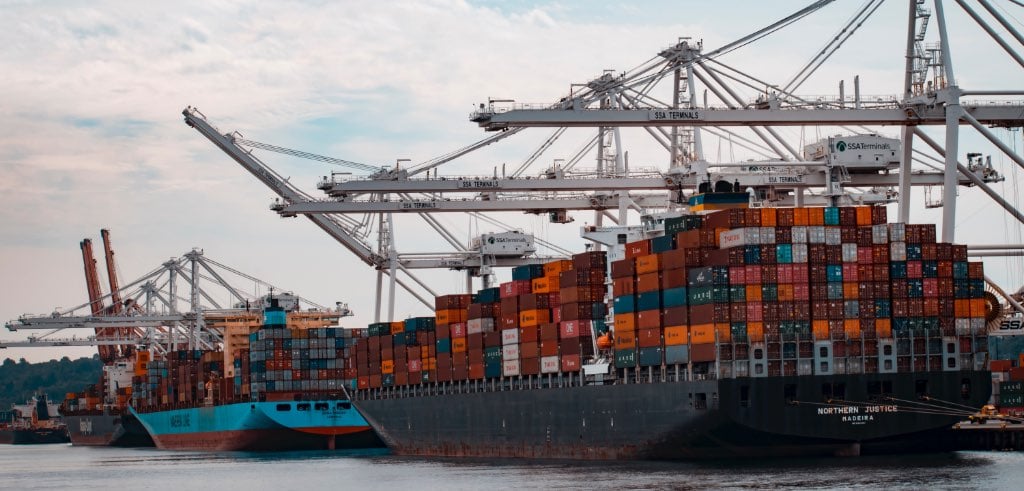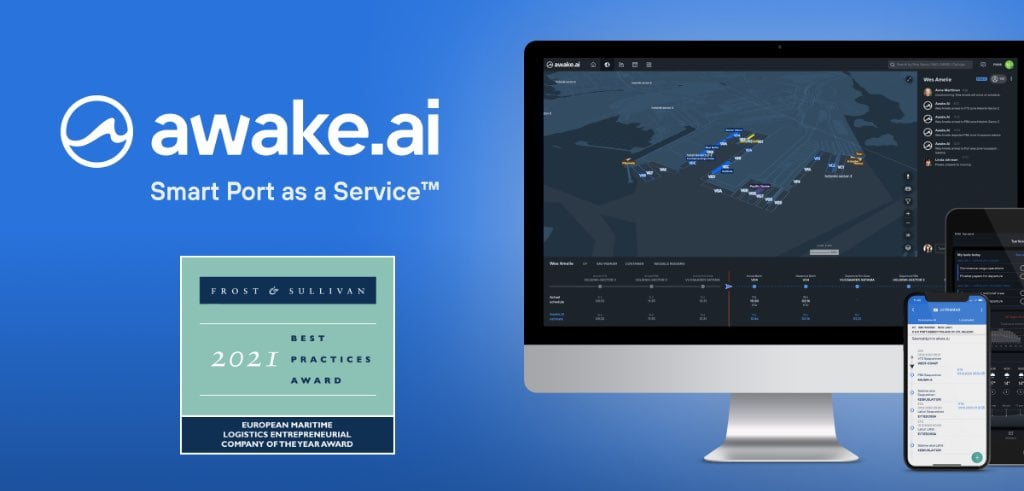Did you know that a flurry of activity starts around a ship as soon as it arrives in port? Cargo is loaded and unloaded, any required maintenance work is carried out, and the ship’s basic needs – such as waste management, fuel and provisions – are taken care of. For passenger ships, the disembarking of both passengers and vehicles must also be coordinated alongside all these other activities. But what happens at the port when a ship is late?
If a ship arrives five hours late at a different location than agreed, operators face multiple challenges. Schedule data has not previously been available in real time from a single source. Instead, it has been provided to all of the various operators by phone, in messages, and through several different systems.
Port Activity is an app that has been developed to solve this problem. It seeks to improve information flow between the various stakeholders operating at ports, in order to enable the most efficient and economical port visits possible.
“The pilot version of Port Activity was developed in cooperation with the Ports of Rauma and Gävle. However, we quickly noticed that there’s high demand for this kind of service, as the app started spreading to other ports on a market-driven basis,” says
Olli Soininen, Project Manager at
Fintraffic VTS.
Ingredients for international cooperation
More than ten Finnish ports have already signed up to use Port Activity, and it is also being used in Sweden. The Baltic Sea is one of the world’s busiest shipping areas, with more than 2,500 vessels on the move around the clock. Every year, 17 per cent of all global maritime transport passes through its ports. The aim is to encourage other countries around the Baltic Sea to start using the app, before sailing on into global waters.
“By sharing schedule data, and thereby making ports more efficient, the app can generate considerable savings in terms of both money and emissions. This definitely has the ingredients for international cooperation,” says Soininen.
The port app was born as part of the EU-funded STM EfficientFlow project, which sought to create new tools to streamline maritime transport, improve safety and reduce emissions by utilising modern data and information sharing. The project’s closing seminar was held at the beginning of June, and Port Activity will now continue on its own journey to promote more efficient port visits.
Port operators’ schedule data in one place
The real-time sharing of schedule data boosts the efficiency of the entire logistics chain. The app collects schedule data on the port’s various stakeholders from a number of different systems in real time and then collates it in one place. It informs users of any potential schedule changes. This enables everyone to keep fully abreast of the situation, so they can plan their own schedules accordingly.
“If the app informs a transport company that the ship won’t make it to port that day after all, the driver won’t need to wait around and spend the night at the port. Instead, the driver can arrange to come back later, when the ship is actually arriving,” says Soininen.
The app works both ways, meaning that not only the ship but also other users can report their schedule information in real time. For example, if a waste management vehicle has broken down on the way and its replacement will be a little late, others will be able to prepare for this.
App can be customised for each port
Port Activity is an open source app, which means that ports can customise it to meet their own needs in cooperation with their chosen development partner. This will help promote internationalisation, as although port operations are often fairly similar the world over, there are national requirements that can be taken into account in the app. Ports have already been actively developing the service. An SaaS-based version of the app that is already in use in Finland is now scheduled to be launched in Sweden during autumn 2021.
A mobile and desktop version of the port app have been created, making it easy to use both in the office and in the field. The results of the pilot project indicated that it was the right time to go digital.
“Phones are the most important tools for many port operators. It was therefore important for the app to be as easy to use as possible on mobile devices. Now you can check, edit and inform others about schedule data with just a couple of clicks,” says Soininen.
Fintraffic VTS’ mission is not only to improve the safety of shipping, but also to promote smooth and efficient vessel traffic. Port Activity is a good example of a service in which these smoothness and efficiency goals can be mobilised on a broad front with the aid of evolving digitalisation.
Read the
original article to learn more.












